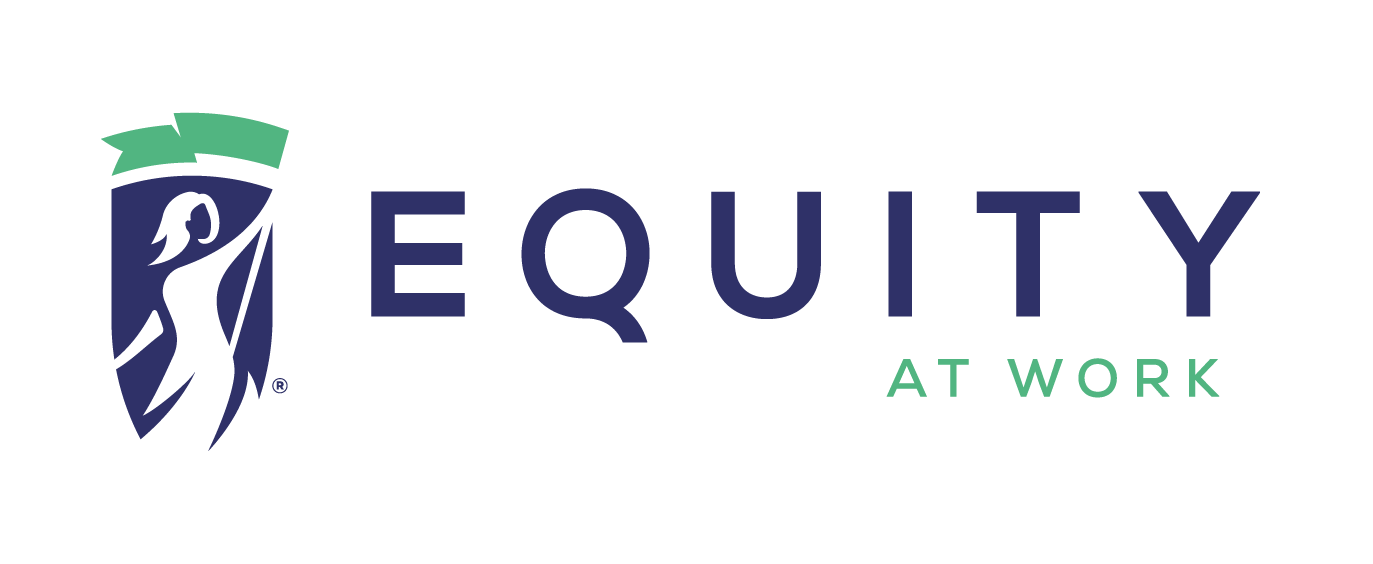Unintended Consequences of Unconscious Bias
Unconscious bias has become a bit of a buzzword lately, with companies such as Starbucks, Google and Facebook publicly talking about the training they are doing to educate employees about it.
While there is no quick training that anyone can do to “fix” their unconscious bias, opening your eyes to the biases you have that you are not aware of – and their unintended consequences, particularly in the workplace – is incredibly valuable.
Unconscious bias is really another term for assumptions or predispositions.
The hard reality of unconscious bias is that there are associations that you are totally unaware of that make you favor one person or group over another. These ideas are formed so early in life and so subtly that they bypass our rational thinking.
So while you may consider yourself open-minded and accepting, and you may be when there is time to be thoughtful and logical in your decision-making, the time these come into play are when you are rushed and under pressure. Which of course is the norm in our always connected, busy work lives.
There are two dangers to this.
First, you can end up holding someone back from advancing in their career without even realizing it. Relying on first impressions, stereotypes, off-the-cuff evaluation criteria, and the similar-to-me effect contribute greatly to this. Our brains have to process so much information so quickly – we receive 11 million bits of information per minute but can only process consciously process 40 bits per minute – that we are predisposed to operate this way. It is what gives us our flight or fight response and allows us to not crack under pressure.
It also means we may make unconscious judgments about people based on their religion, appearance, sexual orientation, gender, age, socioeconomic status, race, and/or so many other things without realizing it. When these play into who to hire, invest in, pitch to, promote or recommend, there are serious consequences.
The other danger is that with our ever-increasing reliance on technology, we end up programming bias into our tech solutions and institutionalize it. Amazon recently announced it was pulling its AI-driven resume screening tool because it could not strip the anti-female bias out of it when reviewing candidates. This is not the first time we have seen how people can be discriminated against when they do not fit particular criteria that have been programmed into a tech solution. Any recommendation engine runs the risk of using bias, and the consequences are serious when those determine whether or not someone is approved for a loan, mortgage or credit card or considered for a job opportunity.
At the end of the day, people are developing the algorithms that generate the recommendations. If you are not aware of your own biases you can inadvertently program them into your technology. All the more reason to have diverse teams creating technological solutions to help protect against this.
So what can you do?
Get educated. BLINDSPOT: HIDDEN BIASES OF GOOD PEOPLE, CATALYST, and TORY BURCH’S EMBRACE AMBITION are all great resources
Spend 5 minutes taking a free unconscious bias test on PROJECT IMPLICIT WEBSITE
Ensure you have diversity in your network across every dimension possible
Make sure your job descriptions, promotion criteria and processes are stripped of bias
Bring a full slate of candidates up for every hiring, promotion and investment decision
Call others out when you witness unconscious bias, in a gracious way – we all need help being better
This article was originally published on LaunchDFW


